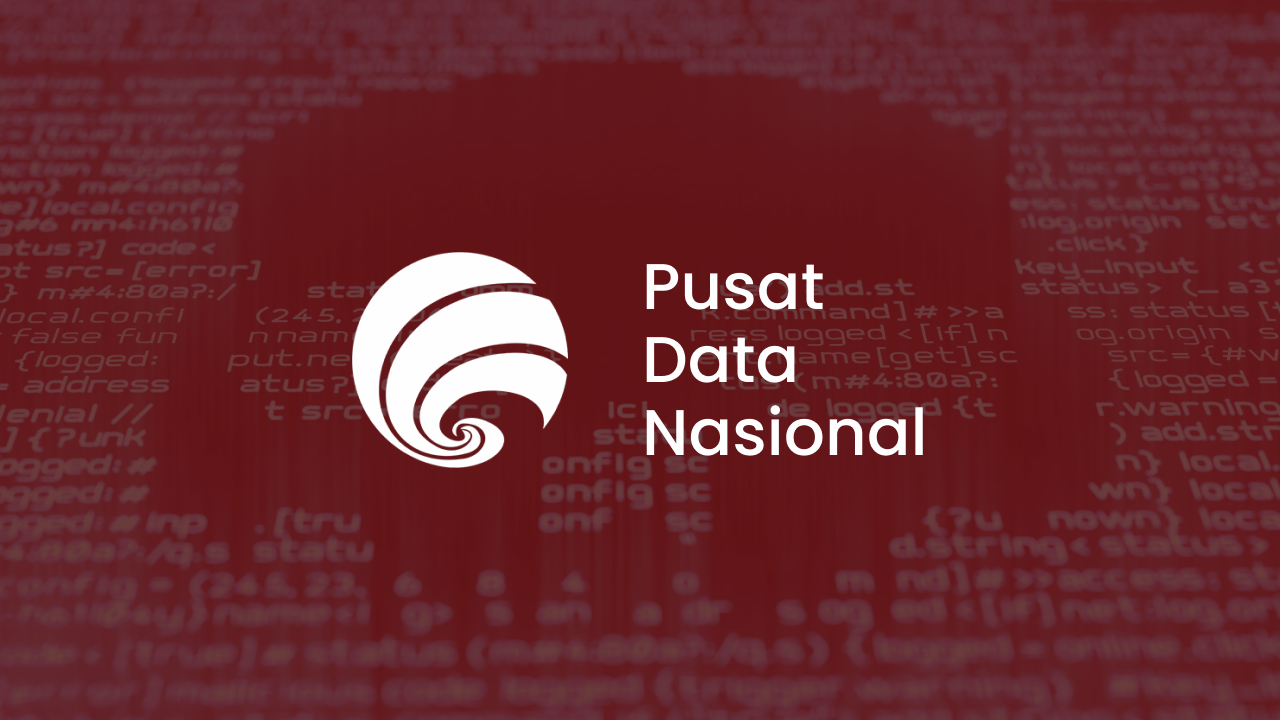By Patricia A. Pramono • Studio 1080, Published on February 18, 2025
TABLE OF CONTENTS
Supply-chain attacks have emerged as one of the most dangerous, stealthy, and impactful cyber threats in recent years. Imagine locking all the doors and windows of your house, only for an intruder to walk right in using the key your trusted cleaning service had. That’s essentially how supply-chain attacks work. Instead of targeting a company directly, attackers infiltrate a trusted supplier, software vendor, or contractor to gain access to their real target—your organization.
This method allows hackers to bypass strong security measures because, in most cases, companies assume their suppliers are safe. And in a hyper-connected world where companies rely on multiple vendors, that weakest link could be anywhere.
Examples of Supply-Chain Attacks
Supply-chain attacks come in multiple forms, all designed to exploit trust between businesses and their third-party vendors. Here are some case examples with different approaches:
1. Compromising Widely Used Software
One of the most effective supply-chain attack strategies is compromising software providers and inserting malicious code into legitimate software updates. Since organizations routinely install updates from trusted vendors, these attacks can go undetected for months.
Example: The SolarWinds Orion Attack (2020)
The SolarWinds attack demonstrated how a single compromised software update could have global repercussions. Attackers infiltrated SolarWinds’ software development pipeline and inserted a backdoor (SUNBURST) into an update of its Orion IT monitoring software. Once the update was installed, attackers gained unauthorized access to thousands of corporate and government networks.
Impact:
-
Over 18,000 organizations, including Fortune 500 companies and multiple U.S. federal agencies, installed the compromised software
-
Attackers remained undetected for months, exfiltrating sensitive government and corporate data
-
Financial losses were estimated to be between $12 million per affected company and $100 billion in total damages (Kaspersky)
Mitigation Strategies:
-
Conduct rigorous security testing on third-party software before deployment
-
Implement code-signing verification to detect unauthorized modifications
-
Use behavioral monitoring tools to identify anomalies in software activity
2. Hacking Corporate Accounts of Service Providers
Another attack vector involves compromising the credentials of third-party service providers who have access to internal corporate networks. By obtaining login credentials, attackers can gain access to internal systems without triggering security alerts.
Example: Target’s Data Breach via HVAC Vendor (2013)
Attackers gained access to Target’s internal network by compromising Fazio Mechanical, an HVAC provider with remote access to Target’s payment systems. Using stolen credentials, they moved laterally through Target’s network and installed malware on its point-of-sale (POS) systems, capturing millions of customer credit card details.
Impact:
-
40 million credit card numbers were stolen
-
Target faced financial losses of $292 million due to fines, legal settlements, and security overhauls
-
The company suffered significant reputational damage and a decline in customer trust
Mitigation Strategies:
-
Restrict third-party access to only necessary systems
-
Enforce multi-factor authentication (MFA) for all vendor accounts
-
Conduct regular audits of third-party access logs to identify unusual activity
3. Exploiting Cloud Providers
As organizations increasingly migrate to cloud-based services, attackers have begun targeting cloud service providers. These breaches can expose the data of multiple companies simultaneously, making cloud supply-chain attacks particularly damaging.
Example: The Snowflake Data Breach (2024)
Attackers compromised login credentials for Snowflake, a cloud data platform, gaining access to over 150 organizations, including Ticketmaster, Santander Bank, and AT&T. The attackers exfiltrated sensitive customer data, leading to significant legal and financial consequences for affected companies.
Impact:
-
Hundreds of millions of user records were leaked
-
Organizations faced lawsuits and regulatory investigations
-
Stolen data was sold on dark web forums, leading to further fraud and identity theft incidents
Mitigation Strategies:
-
Enforce strict identity management policies for cloud access
-
Continuously monitor cloud environments for unusual activity
-
Adopt a Zero Trust security model to limit access to only essential users
4. Leveraging Contractor Permissions
Many organizations grant external contractors and vendors elevated permissions to access internal systems. Attackers exploit these permissions to manipulate internal documents, exfiltrate data, or deploy malware.
Example: Vendor and Contractor Accounts (VCAs) Abuse (2023)
As reported by Cisco Talos Incident Response, the attackers exploited compromised VCAs to infiltrate organizations’ internal networks (companies: unnamed). These accounts, often created to facilitate third-party workforce access, provided attackers with trusted permissions, enabling them to bypass security measures and access critical systems undetected.
Impact:
-
Attackers gained access to sensitive corporate systems through trusted third-party credentials
-
The attacks bypassed traditional perimeter defenses
-
The incidents highlighted gaps in third-party security management and monitoring practices
Mitigation Strategies:
-
Limit permissions for third-party accounts to only essential systems and actions
-
Continuously monitor third-party account activity for suspicious behavior, using real-time detection tools
-
Ensure all access requests, even from trusted vendors, are verified before granting access
-
Regularly conduct third-party security assessments to identify and remediate potential vulnerabilities
5. Tampering with IT Equipment Before Delivery
Cybercriminals sometimes target hardware supply chains, compromising IT equipment before it even reaches the customer. This can involve installing malware in firmware or embedding backdoors in networking devices.
Example: Pre-Infected Android Devices
Several Android phone shipments were found to contain malware pre-installed at the factory level (The Hacker News). This malware allowed attackers to steal data, remotely control devices, and download additional spyware.
Impact:
-
Users had their personal and corporate data exposed from the moment they activated the device
-
Some malware was embedded at the firmware level, making it impossible to remove
-
Enterprises deploying these devices were unknowingly introducing vulnerabilities into their networks
Mitigation Strategies:
-
Procure IT hardware only from trusted, verified suppliers
-
Conduct security audits on all new devices before deployment
-
Use firmware integrity checks to detect unauthorized modifications
Why Supply-Chain Attacks Are Difficult to Prevent
Supply-chain attacks are particularly challenging to defend against for several reasons:
-
Trust in Third Parties
Many organizations assume their vendors have strong security practices, but this is often not the case.
-
Complexity of Digital Supply Chains
With companies relying on multiple suppliers, contractors, and software providers, vulnerabilities can exist in any layer of the supply chain.
-
Delayed Detection
Since attackers exploit trusted relationships, supply-chain breaches often remain undetected for extended periods.
As reported from Forbes, Gartner Inc. projected that 45% of global organizations will experience a supply chain attack by 2025 (which is three times higher than in 2021) making safeguarding software supply chains more important than ever. The expanding reliance on third-party vendors and cloud services is increasing the risk landscape, requiring businesses to take proactive security measures.
How Organizations Can Strengthen Supply-Chain Security
To reduce the risk of supply-chain attacks, organizations should implement a multi-layered security strategy that includes:
-
Supplier Security Assessments
Regularly evaluate the cybersecurity posture of all vendors and suppliers.
-
Zero Trust Security Models
A Zero Trust model operates under the principle that no user, system, or device (whether internal or external) should be automatically trusted. Every access request must be verified through strict authentication methods such as multi-factor authentication (MFA), and access privileges should be limited to what is absolutely necessary.
-
Continuous Threat Monitoring
Deploy security tools that can detect and respond to anomalies in real-time.
Also read: Staying Ahead of Threats with 24/7 SOC Proactive Monitoring ; Threat Intelligence: How It Predicts and Prevents Cyber Attacks
-
Incident Response Plans for Supply-Chain Breaches
Ensure that business continuity strategies include rapid response measures for third-party compromises
Also read: From Alert to Resolution: Inside the Incident Response Lifecycle of Cisometric's Managed SOC Service
-
Contractual Security Requirements
Include cybersecurity compliance requirements in vendor agreements, such as regular security audits and breach notification policies.
Conclusion
Supply-chain attacks represent a fundamental challenge to business continuity and trust. As attackers exploit the interconnected nature of today’s digital ecosystems, organizations must prioritize securing supply chains through strict assessments, continuous monitoring, and strong cybersecurity measures.
For businesses looking to support their defense against supply-chain attacks, our next-gen Security Operations Center (SOC) offers advanced threat intelligence, real-time monitoring, and proactive defense solutions tailored to protect against these growing risks. Contact our team today to learn how we can help secure your digital ecosystem.
Also read: Our Security Operations Center is Now Live
References:
Trusted relationships: how to prevent supply-chain attacks
Rising Threat: Understanding Software Supply Chain Cyberattacks And Protecting Against Them
Supply Chain Attacks: 7 Examples and 4 Defensive Strategies
Gartner Identifies Top Security and Risk Management Trends for 2022
Adversaries increasingly using vendor and contractor accounts to infiltrate networks
Beware! Pre-Installed Android Malware Found On 36 High-end Smartphones






